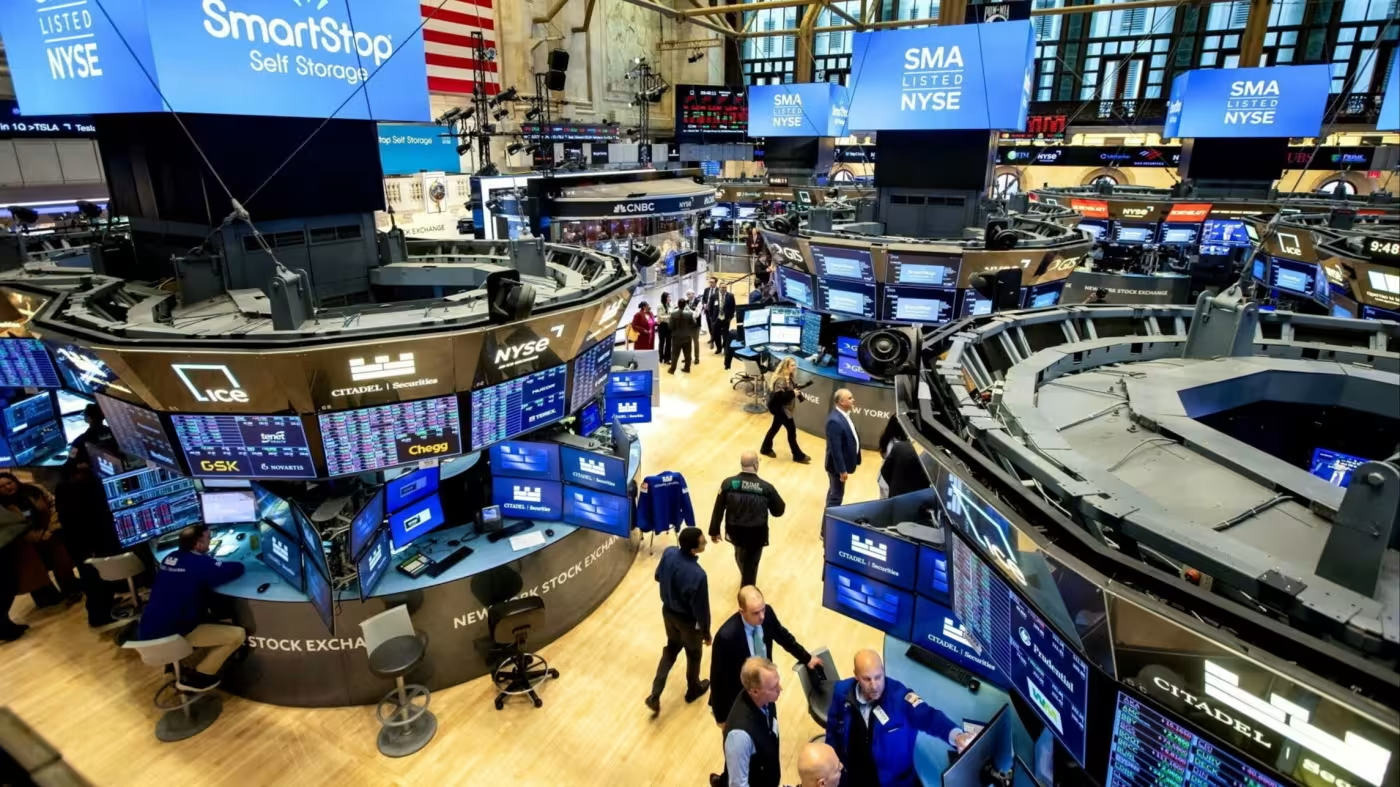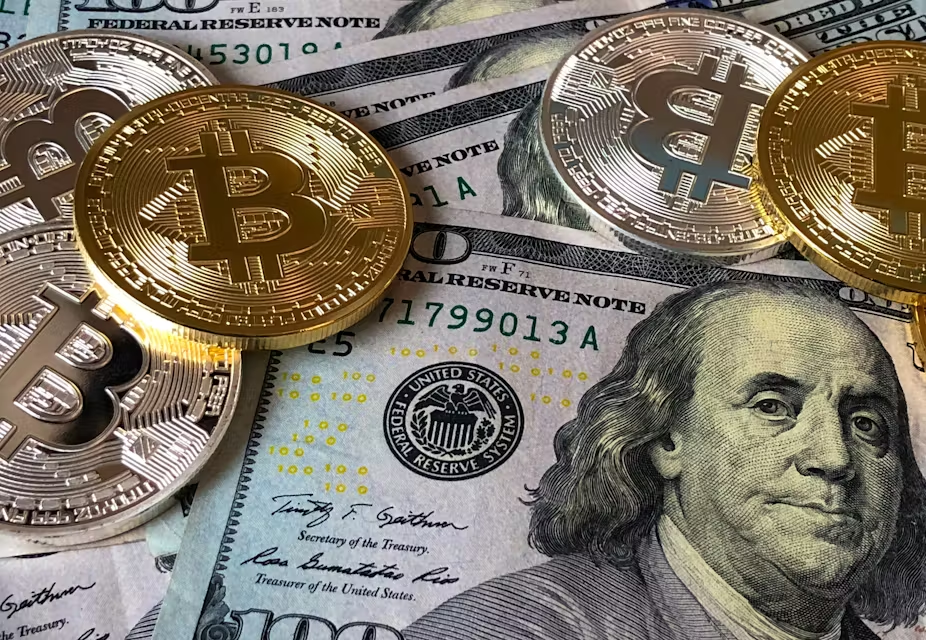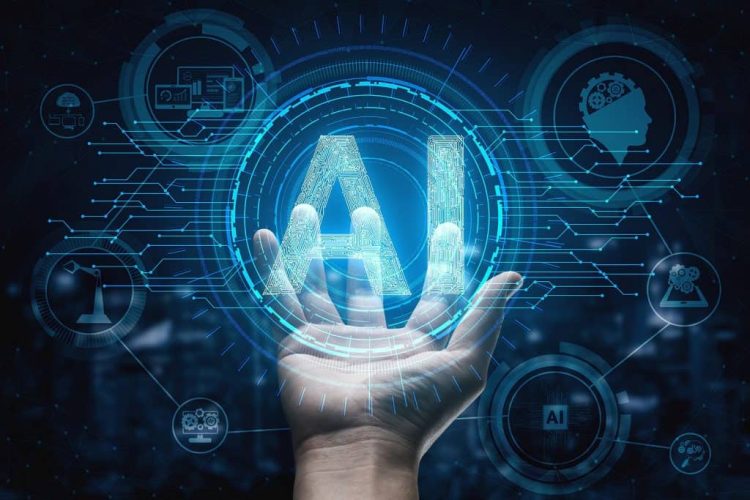1. Morning on Wall Street
It’s 8:45 a.m. in lower Manhattan. Screens flicker. A young trader named Daniel watches his terminal. He used to call brokers, negotiate block trades, and wait for a counterparty to answer. Today, his role looks very different: the orders are routed, priced, and executed by an algorithm that doesn’t blink. “Sometimes,” Daniel admits, “I feel like I’m supervising a colleague who never eats, never sleeps, and always learns.”
That “colleague” is artificial intelligence. And Daniel’s unease captures a question many on Wall Street whisper: will AI itself become the new market maker?
2. A Long Journey Toward Automation
Financial markets were once noisy pits where human voices echoed. Traders waved papers, made eye contact, and sealed deals with hand signals. By the late 20th century, the floor gave way to blinking terminals. Electronic systems cut costs, algorithms took over repetitive tasks, and firms like Citadel and Virtu mastered speed.
AI represents the latest step in this evolution. Unlike traditional algorithms, AI doesn’t just follow pre-programmed instructions. It can read headlines, digest company reports, learn from historical data, and—perhaps most strikingly—adjust its own strategies in real time.
The financial system has always rewarded speed and intelligence. AI offers both, at scales no human can match.
3. What Market Makers Do—Seen Through a Story
Picture a stock nobody’s buying at the moment. A market maker steps in: offering to purchase it at $100 while simultaneously offering to sell it at $100.05. That tiny five-cent difference is their profit margin. By standing in the middle, they ensure that buyers and sellers always find a counterparty.
When the world panics, market makers absorb the shock. When liquidity dries up, they step in to provide it. Without them, markets stall.
Now imagine that role played not by a person but by a self-learning system. It could manage thousands of securities at once, read signals across continents, and shift instantly when risk rises. That is the dream—and the fear—behind AI in market making.
4. A Dialogue with the Future
Question: Could AI one day fully replace human market makers?
Answer: In many ways, it already has. Major firms rely heavily on algorithms to quote prices. AI is simply the sharper version, learning as it goes.
Question: Would this make markets safer?
Answer: Possibly. AI can tighten spreads and add liquidity. But when too many AIs think alike, herd behavior can create instability.
Question: Should retail investors be worried?
Answer: Not necessarily. Lower spreads and faster execution benefit small investors. The risk lies in systemic shocks, not in daily trading.
This back-and-forth mirrors the debates regulators, traders, and academics are holding today.
5. Case Studies: AI Already at Work
- Citadel Securities employs machine learning models to refine pricing across equities, options, and ETFs. Their systems adapt faster than humans could during volatile events.
- Two Sigma integrates AI into portfolio strategies, searching for subtle signals in oceans of data.
- Robinhood and other retail apps use AI behind the scenes to route orders efficiently, personalize user experiences, and even predict when traders might churn.
- Exchanges like NASDAQ deploy AI to detect suspicious trading patterns, proving that AI is not just a trader—it’s also the watchdog.
Each example shows that AI is no longer “coming soon.” It is already here, woven into the infrastructure of modern markets.

6. A Glimpse of the Benefits
Think of AI as an ultra-fast, ultra-patient participant. Its advantages are clear:
- Speed: It reacts in microseconds.
- Breadth: It can monitor multiple markets—stocks, bonds, crypto—at once.
- Consistency: No fatigue, no lunch breaks, no emotions.
- Cost-efficiency: Less human overhead, tighter spreads.
For an investor, this means orders that fill more smoothly, prices that better reflect supply and demand, and fewer delays. In theory, everyone wins.
7. But the Shadows Are Real
Yet markets are never risk-free. The very qualities that make AI powerful can also make it dangerous.
In 2010, the “Flash Crash” erased nearly a trillion dollars in minutes. Algorithms sold into falling markets, amplifying the chaos. AI, with more autonomy, could repeat such behavior on a larger scale.
Bias is another issue. If an AI system is trained on flawed or incomplete data, it can make distorted decisions. Worse, because AI models often operate as “black boxes,” even their designers struggle to explain why they act a certain way.
And then there’s cybersecurity. A hacked AI market maker could wreak havoc far beyond a single firm, destabilizing entire exchanges.
8. Human + AI: A Hybrid Future
So where does that leave humans? Out of a job? Not exactly.
Think about aviation. Autopilot handles most of a long-haul flight, but pilots still sit in the cockpit. They make judgment calls, handle emergencies, and reassure passengers. Finance may follow a similar model.
AI will handle routine liquidity provision. Humans will step in for oversight, regulation, and moral judgment. A hybrid approach ensures markets run efficiently while retaining accountability.
9. Looking Ahead: Markets in 2035
Picture the year 2035. A portfolio manager checks her dashboard. An AI assistant summarizes overnight market moves, highlights anomalies, and suggests trades. Market liquidity is largely managed by AI systems communicating with one another. Regulators don’t just supervise humans—they supervise algorithms, requiring transparency in how they make decisions.
Retail investors barely think about the shift. To them, lower fees and faster trades are simply the norm. But under the hood, the market has transformed into a conversation among machines.
The crucial question remains: what happens when those machines disagree—or worse, all agree in the wrong direction? The next 10 years will be about building safeguards as much as building smarter AIs.
10. Closing Thoughts
Will AI become the next market maker?
In some sense, it already has. Algorithms dominate liquidity provision, and AI is the natural next step. But “replacement” may be the wrong word. What we are witnessing is integration—AI taking over the mechanics of market making while humans retain oversight.
The markets of tomorrow will be faster, broader, and more efficient. They may also be more fragile if oversight lags behind. The challenge for regulators, investors, and technologists is to harness AI’s potential without repeating past mistakes.
Artificial intelligence is not just another tool on Wall Street. It is becoming a co-pilot, a colleague, and perhaps, eventually, the backbone of market liquidity. The key is not to ask whether AI will replace market makers, but how humans and machines can make the market together.



















